No products in the cart.
Sale
CBP-501 Acetate – Calmodulin-Binding Peptide and G2 Checkpoint Inhibitor
Original price was: $28.00.$23.00Current price is: $23.00.
CBP-501 acetate is a cell-permeable calmodulin-binding peptide and potent G2 checkpoint inhibitor. It inhibits Ser216-specific kinases and enhances the anticancer efficacy of chemotherapy by promoting cell cycle progression into mitosis.
Description
Product Description
CBP-501 acetate is a synthetic calmodulin-binding peptide with significant potential as a G2 checkpoint abrogating anticancer agent. It functions by inhibiting multiple Ser216-specific kinases that regulate cell cycle progression, particularly at the G2/M checkpoint. This makes it a valuable research compound for studying cell cycle regulation, DNA damage responses, and chemosensitization mechanisms in cancer biology.
Background and Development
Cell cycle checkpoints serve as critical control mechanisms that ensure accurate DNA replication and chromosome segregation. The G2/M checkpoint specifically prevents cells with damaged DNA from entering mitosis, allowing time for repair. Many tumors exploit this mechanism to resist DNA-damaging chemotherapeutic agents.
CBP-501 acetate was developed to override the G2 arrest, forcing damaged tumor cells into mitosis before repair can occur, ultimately triggering apoptosis. The compound exhibits broad inhibitory activity against Ser216-specific kinases, such as:
MAPKAP-K2 (IC₅₀ = 0.9 μM)
C-Tak1 (IC₅₀ = 1.4 μM)
CHK1 (IC₅₀ = 3.4 μM)
CHK2 (IC₅₀ = 6.5 μM)
These kinases play key roles in checkpoint signaling and DNA repair. By blocking their activity, CBP-501 acetate reduces phosphorylation of Cdc25C at Ser216, thereby reactivating the phosphatase and promoting entry into mitosis.
Anticancer Research Applications
CBP-501 acetate enhances the cytotoxicity of agents such as cisplatin, etoposide, and doxorubicin by preventing G2 arrest and promoting apoptosis in damaged cells. This synergy makes it a valuable tool for combination therapy studies in:
Lung cancer
Colorectal carcinoma
Ovarian cancer
Pancreatic cancer
Prostate and bladder cancers
It is also widely used for mechanistic studies of calmodulin-dependent signal transduction, kinase inhibition profiling, and DNA damage checkpoint regulation.
Key Features
Calmodulin-binding, cell-permeable peptide
Potent inhibitor of multiple Ser216-specific kinases
G2 checkpoint abrogator
Enhances chemosensitivity of tumor cells
Suitable for molecular oncology and signal transduction research
Product Specifications
| Attribute | Description |
|---|---|
| Product Name | CBP-501 Acetate |
| Synonyms | Calmodulin-binding peptide CBP-501 |
| Chemical Class | Peptide-based kinase inhibitor |
| Mechanism | G2 checkpoint abrogation via inhibition of Ser216-specific kinases |
| Targets | MAPKAP-K2, C-Tak1, CHK1, CHK2 |
| IC₅₀ Values | 0.9 μM (MAPKAP-K2), 1.4 μM (C-Tak1), 3.4 μM (CHK1), 6.5 μM (CHK2) |
| Molecular Formula | C₄₇H₇₅N₁₅O₁₆ (approx.) |
| Molecular Weight | ~1100 g/mol |
| Appearance | White to off-white lyophilized powder |
| Purity | ≥98% (HPLC) |
| Solubility | Soluble in DMSO, PBS, and water |
| Storage Conditions | -20°C, desiccated, protected from light |
| Stability | Stable for 24 months under recommended conditions |
| Applications | Cell cycle research, kinase inhibition, anticancer studies |
| Formulation | Supplied as acetate salt, lyophilized form |
Mechanism of Action
CBP-501 acetate exerts its biological activity through calmodulin binding and kinase inhibition, leading to G2 checkpoint abrogation and enhanced chemosensitivity.
1. Calmodulin Binding and Signal Modulation
Calmodulin (CaM) is a calcium-binding messenger protein that regulates numerous kinases and phosphatases. CBP-501 acetate interacts directly with calmodulin, altering its conformation and interfering with Ca²⁺/CaM-dependent kinase signaling.
This binding disrupts the regulation of downstream targets involved in DNA repair and stress response, including CHK1, CHK2, and C-Tak1.
2. Inhibition of Ser216-Specific Kinases
CBP-501 acetate selectively inhibits kinases that phosphorylate Cdc25C at Ser216, a modification that keeps the phosphatase inactive and halts the cell cycle in G2. By preventing this phosphorylation, CBP-501 restores Cdc25C activity, reactivates Cdc2/cyclin B complex, and drives cells into mitosis.
This process leads to premature mitotic entry, resulting in mitotic catastrophe in DNA-damaged cells.
3. G2 Checkpoint Abrogation and Chemosensitization
Tumor cells often exploit G2 arrest to survive after chemotherapy. CBP-501 acetate forces these cells through the checkpoint, rendering them vulnerable to cytotoxic agents. In preclinical models, co-administration with cisplatin significantly increased tumor regression rates.
4. Calmodulin-Dependent Kinase Regulation
Beyond checkpoint control, CBP-501 acetate modulates multiple CaM-dependent enzymes that contribute to cell cycle regulation, stress response, and apoptosis. This pleiotropic activity makes it a powerful experimental tool for dissecting Ca²⁺-mediated signaling networks.
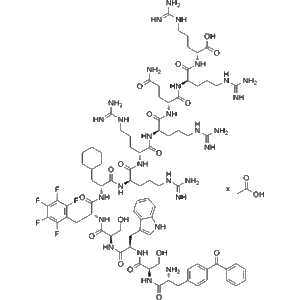
Side Effects
In preclinical and cellular studies, the following effects have been observed:
Cellular Cytotoxicity: Concentration-dependent apoptosis in dividing cells.
Cell Cycle Perturbation: G2/M transition deregulation leading to mitotic catastrophe.
DNA Damage Sensitization: Enhanced sensitivity to platinum-based drugs.
Mild Off-target Effects: Potential interference with other calmodulin-dependent enzymes.
In Vivo Observations: Transient hepatotoxicity and altered calcium signaling at high doses.
Proper handling, dilution, and experimental calibration are essential for reproducible and safe results.
Disclaimer
For research use only. Not intended for human or veterinary use, diagnosis, or treatment.
Keywords
CBP-501 acetate, calmodulin-binding peptide, G2 checkpoint inhibitor, Ser216 kinase inhibitor, MAPKAP-K2 inhibitor, C-Tak1 inhibitor, CHK1 inhibitor, CHK2 inhibitor, cell cycle regulator, chemosensitizer, anticancer research compound.Peptide Manufacturer-Wholesaler
Shipping Guarantee
Worldwide express delivery with temperature-controlled protection
Damage and loss insurance included
QC-certified documentation with each shipment
Transaction Guarantee
Purity ≥98% guaranteed
Multiple payment methods accepted (T/T, PayPal, cryptocurrency)
Full technical support for handling and experimental use
Additional information
| Weight | 0.8 kg |
|---|---|
| Dimensions | 56 × 43 × 56 cm |
What is CBP-501 acetate?
A calmodulin-binding peptide that inhibits G2 checkpoint kinases and sensitizes tumor cells to chemotherapy.
What kinases does it inhibit?
MAPKAP-K2, C-Tak1, CHK1, and CHK2.
What are its IC₅₀ values?
0.9 μM (MAPKAP-K2), 1.4 μM (C-Tak1), 3.4 μM (CHK1), and 6.5 μM (CHK2).
What is its main mechanism of action?
Inhibition of Ser216-specific kinases, leading to Cdc25C activation and G2 checkpoint abrogation.
How does it enhance chemotherapy?
By forcing damaged cells into mitosis, increasing apoptosis when combined with DNA-damaging drugs.
What cancers is it used to study?
Lung, ovarian, colon, and pancreatic cancers.
Is it cell-permeable?
Yes, it crosses cell membranes effectively.
Is CBP-501 acetate suitable for clinical use?
No, it is strictly for laboratory research.
What is its purity specification?
≥98% by HPLC.
How should it be stored?
At -20°C, dry, and protected from light.
Can it be combined with cisplatin or doxorubicin in research?
Yes, it has shown synergistic effects in preclinical models.
Is CBP-501 acetate water-soluble?
Yes, soluble in water, DMSO, and PBS.
What form is it supplied in?
Lyophilized acetate salt.
How does it differ from traditional kinase inhibitors?
It modulates calmodulin interactions and checkpoint signaling rather than directly targeting ATP-binding sites.
Does it have toxicity in animals?
Minimal toxicity at experimental doses, though high concentrations may alter calcium signaling.



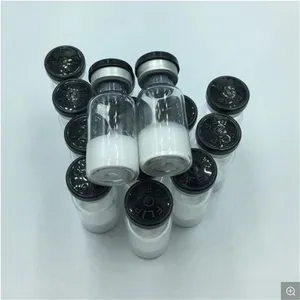
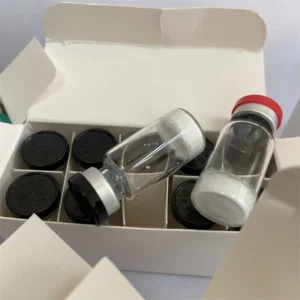
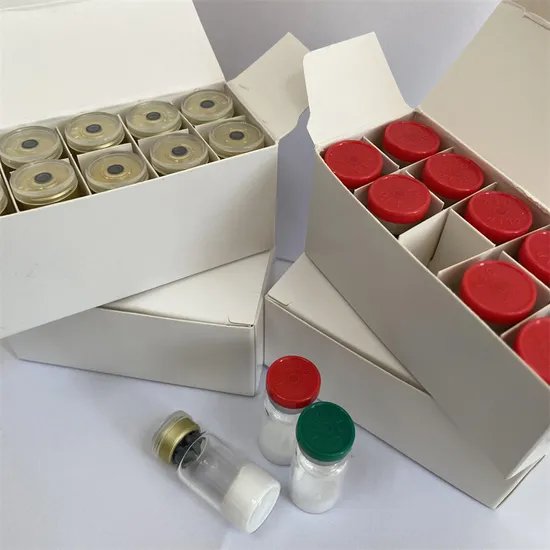
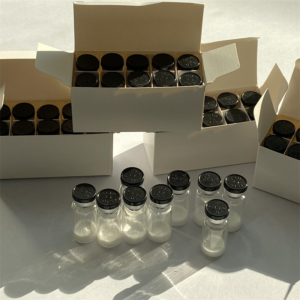
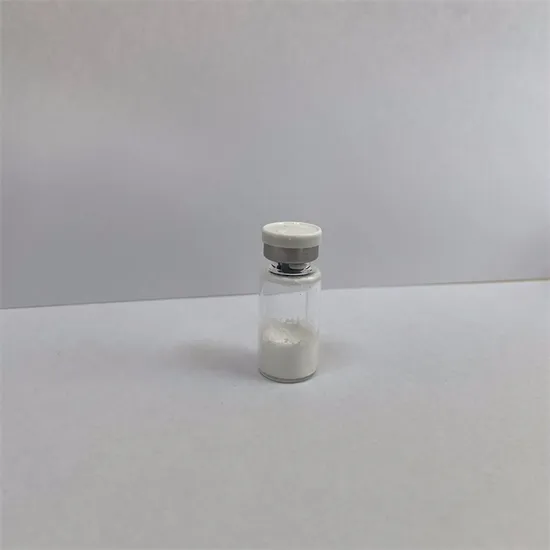
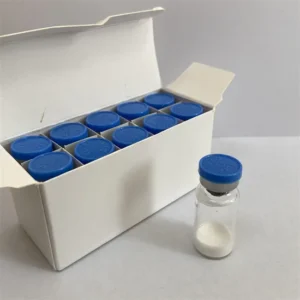
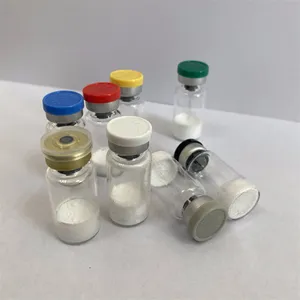
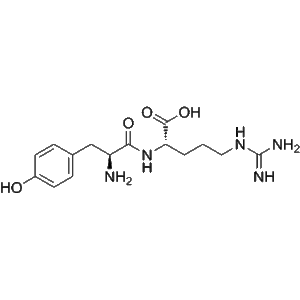
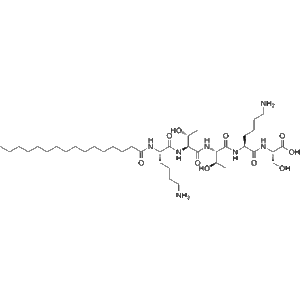
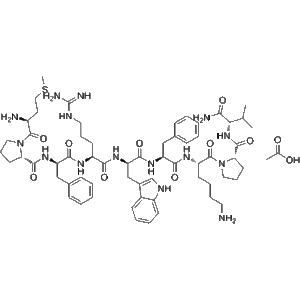
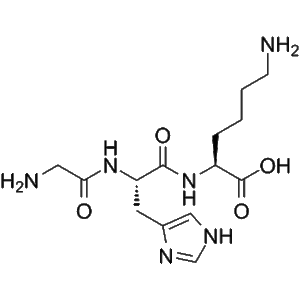
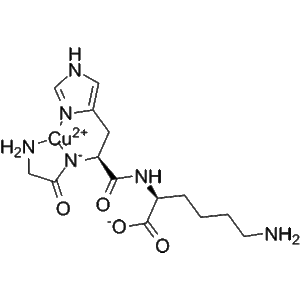
Reviews
There are no reviews yet.